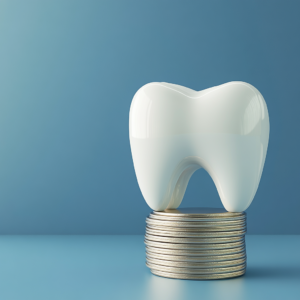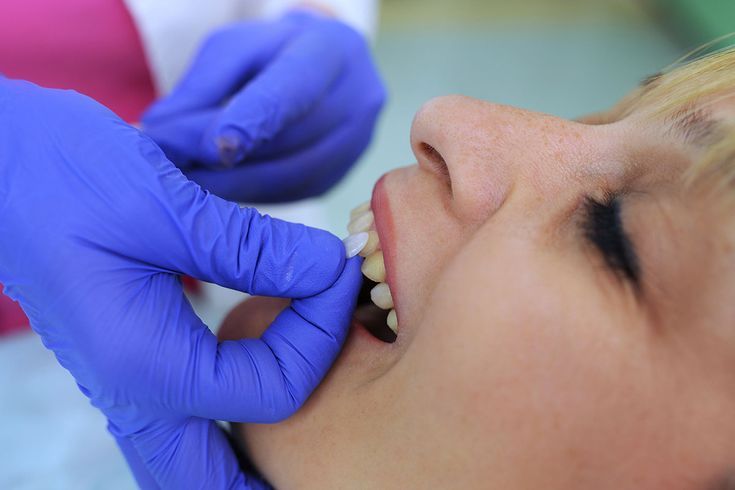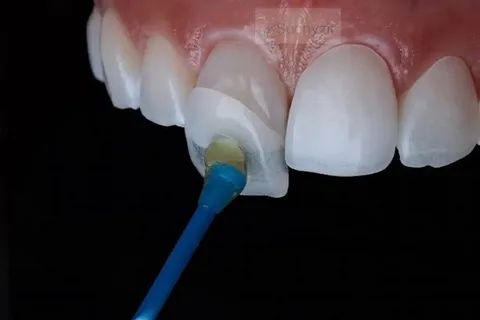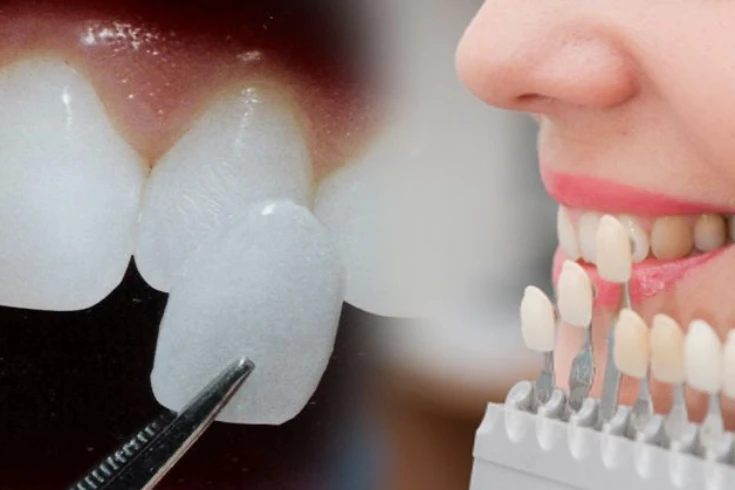When it comes to dental care, understanding the cost of tooth fillings is essential for managing your budget effectively. Whether you have insurance or are paying out of pocket, the cost can vary significantly. Tooth filling cost with insurance often benefits from reduced rates due to negotiated discounts and coverage limits, making it a more affordable option for many.
However, if you’re facing the expense without insurance, the cost of tooth fillings can be higher, and you might need to explore different payment options or financing plans.
In this guide, we will delve into the factors influencing both tooth-filling costs with insurance and tooth-filling costs without insurance, providing you with a comprehensive overview to help you make informed decisions and manage your dental expenses more effectively.
How much is the cost of different types of tooth fillings?
- Amalgam Fillings: They are made from a blend of metals, including silver, mercury, tin, and copper. Furthermore, they are renowned for their durability and strength. Additionally, it is suitable for back teeth where the filling is less visible. Amalgam fillings typically cost between $50 to $150 per tooth.
- Composite Resin Fillings: They are crafted from a mixture of plastic and fine glass particles. Therefore, it offers a natural appearance that blends seamlessly with the surrounding teeth. They are preferred for front teeth or other visible areas. Therefore, Composite resin fillings cost between $100 to $250 per tooth.
- Ceramic Fillings: They are made from porcelain, providing a natural look and resistance to staining. Due to the high-quality material and labor involved, ceramic fillings are usually more expensive, ranging from $250 to $500 per tooth.
- Gold Fillings: They are composed of a gold alloy and are known for their exceptional durability, often lasting over 20 years. They come at a higher price, typically between $500 to $1,000 per tooth, due to the cost of gold and the complexity of the placement process.
Factors that Affect the Tooth Filling Costs
Different factors affect the cost of tooth filling. Understanding the factors of the cost of tooth fillings can help you better prepare for potential expenses. Hence, here are some of the factors that which affect the cost:
- Type of Filling Material: It is one of the factors that affect the cost. The filling materials have different prices. They vary as the composition to make the particular material is different from other material.
- Size and Location of the Filling: If you need to have filling for the larger part then you need to use ore filling material. Additionally it will also consume longer time due to which the cost will rise. Furthermore, if the filling should be done in difficult locations then it will consume much time and precaution.
- Experienced Dentist: If you are visiting experienced dentists then they will charge higher fees. Therefore, this will directly increase the cost of tooth filling.
- Additional Costs: Other costs are also included which are likely unnoticed. Some of the additional costs are like X-rays, anesthesia, or tooth preparation may increase the overall cost.
What is the Tooth Filling Cost with Insurance?
Dental insurance can significantly reduce the cost burden of tooth fillings. Most insurance plans cover basic restorative procedures, including fillings, partially or fully. Here’s a breakdown of how insurance impacts the cost:
Understanding Insurance Coverage for tooth filling cost with insurance
- Preventive Care: Most insurance plans cover preventive care at 100%. Additionally, it includes routine check-ups and cleanings that help prevent cavities.
- Basic Restorative Care: Fillings typically fall under this category. Also, its coverage ranges from 50% to 80% after meeting the deductible.
- Annual Maximums: Many dental insurance plans have an annual maximum coverage limit. Therefore, it can affect how much the insurance will pay for dental procedures within a year.
Costs Breakdown for tooth filling with Insurance
| Filling Material | Average Cost Without Insurance | Insurance Coverage | Estimated Cost with Insurance |
| Amalgam | $100 – $250 | 50% – 80% | $20 – $100 |
| Composite Resin | $150 – $350 | 50% – 80% | $30 – $150 |
| Ceramic | $250 – $4,500 | 50% – 80% | $50 – $900 |
| Gold | $600 – $4,500 | 50% – 80% | $120 – $900 |
Notes:
- The actual cost with insurance will depend on specific policy details, such as deductibles and coverage percentages.
- Contact your insurance provider to confirm coverage specifics.
Conclusion
Understanding the cost of tooth fillings is crucial for managing your dental expenses, whether you have insurance or not. Insurance significantly reduces the cost of fillings due to partial or full coverage, depending on the specifics of your plan.For those without insurance, the expense can be higher, but exploring alternatives such as dental savings plans, payment options, and community clinics can help manage the costs. You can make strategic decisions about your dental care by being informed about the factors affecting filling costs and the ways to mitigate them. Additionally, you can also maintain your oral health effectively.
FAQ’s:
How much does a tooth filling actually cost?
Tooth fillings generally cost between $100 and $500. Additionally, they also depend on the material used.
What is the cheapest tooth filling?
Amalgam or silver fillings are the cheapest tooth filling. Furthermore, the cost of this tooth filling is between $150-$300 without insurance.
How much does a tooth filling cost with insurance?
With insurance, the cost of a tooth filling typically ranges from $20 to $900,. Furthermore, it depends on the type of filling material and your specific insurance coverage. Basically, the coverage usually ranges from 50% to 80%.
What is the average cost of a tooth filling without insurance?
Without insurance, the average cost of a tooth filling ranges from $100 to $4,500. Furthermore, it also depends on the material used. For example, amalgam fillings cost between $100 and $250, while gold fillings can cost between $600 and $4,500.
How can I manage the cost of tooth fillings if I don’t have insurance?
If you don’t have insurance, you can manage the cost by considering dental savings plans, payment plans offered by dental offices, and services from community health clinics or dental schools.






